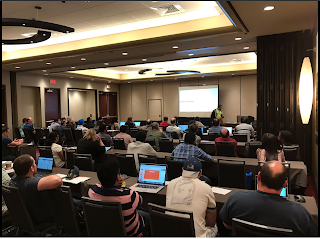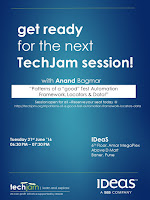Many users of Selenium WebDriver may be using the PageFactory created by Simon Stewart. However, it is not a good idea to use it.
You may be thinking why should I not use it? It is so easy to use it, and its popular.
Well, here are 2 reasons why you should not use the PageFactory:
Reason #1. Simon Stewart (https://twitter.com/shs96c), the creator of WebDriver, and the PageFactory himself says, do not use it. It is not recommended.
The `FindsBy` annotation isn't recommended, because the PageFactory class is really badly implemented and inflexible, but it's not going away in the java bindings.
The `FindsByX` interfaces are going away. Better to use a `By` locator and use that.
https://twitter.com/shs96c/status/1196865907185868801
Reason #2: While Reason #1 should have been sufficient, many people implementing automation using Selenium WebDriver do not know, or did not pay heed to what Simon said. So another WebDriver & WATIR contributor, Titus Fortner (https://twitter.com/titusfortner) explained in detail why using PageFactory is not a good idea in his blog post - https://titusfortner.com/2021/02/03/page-factory-optimization.html.
I sincerely hope these reasons are sufficient for you to move away from the PageFactory and use something more efficient.








